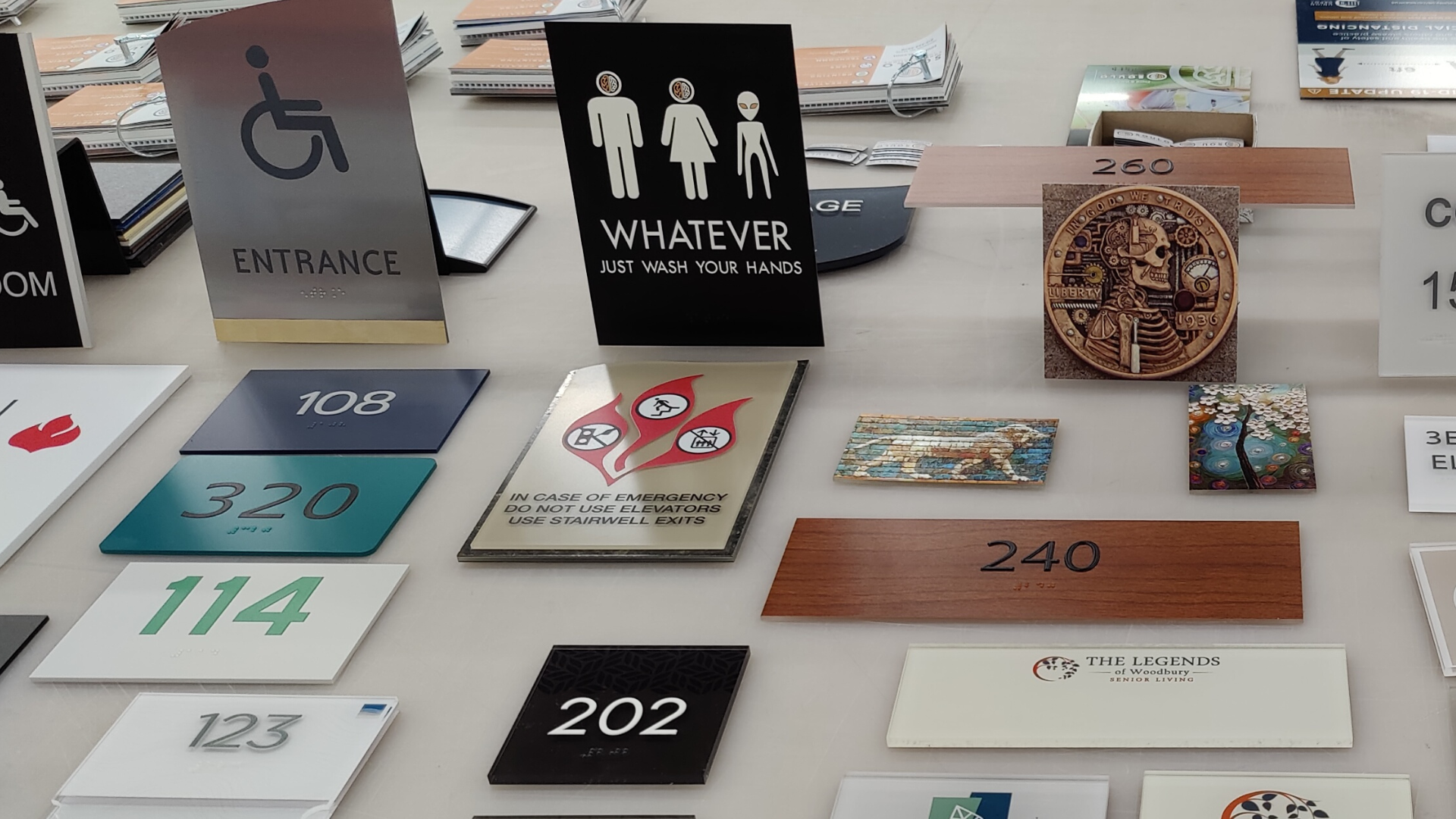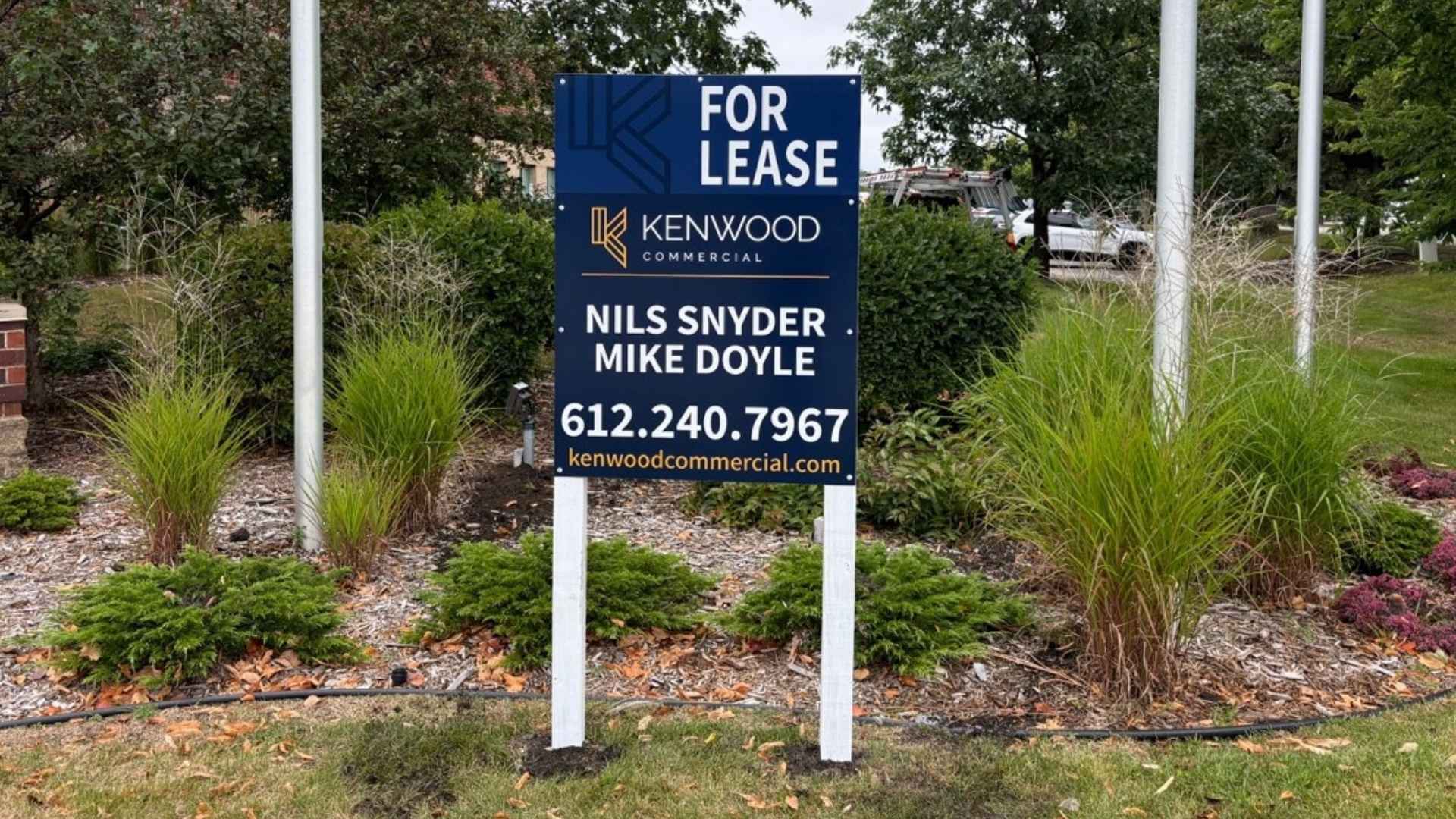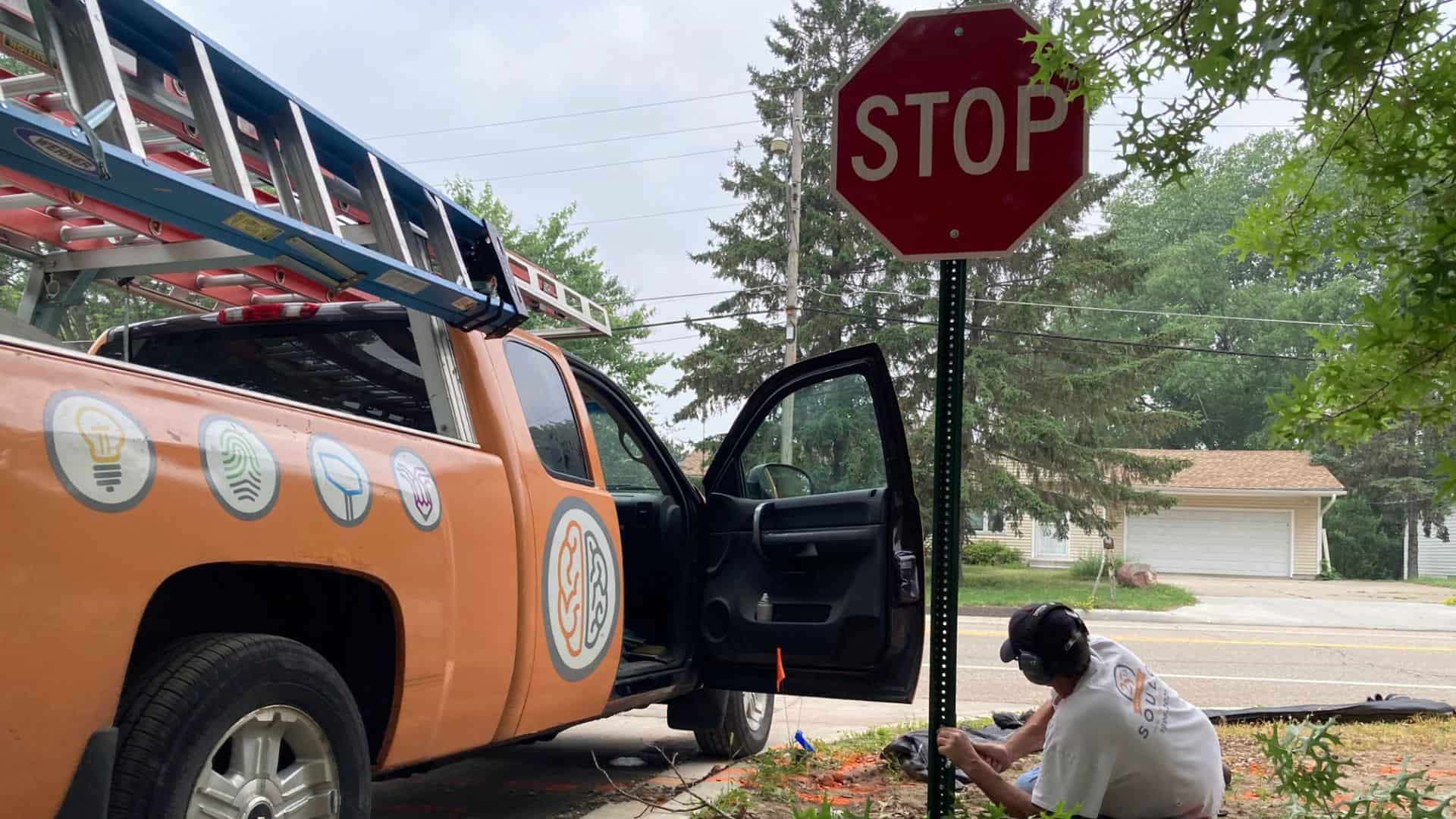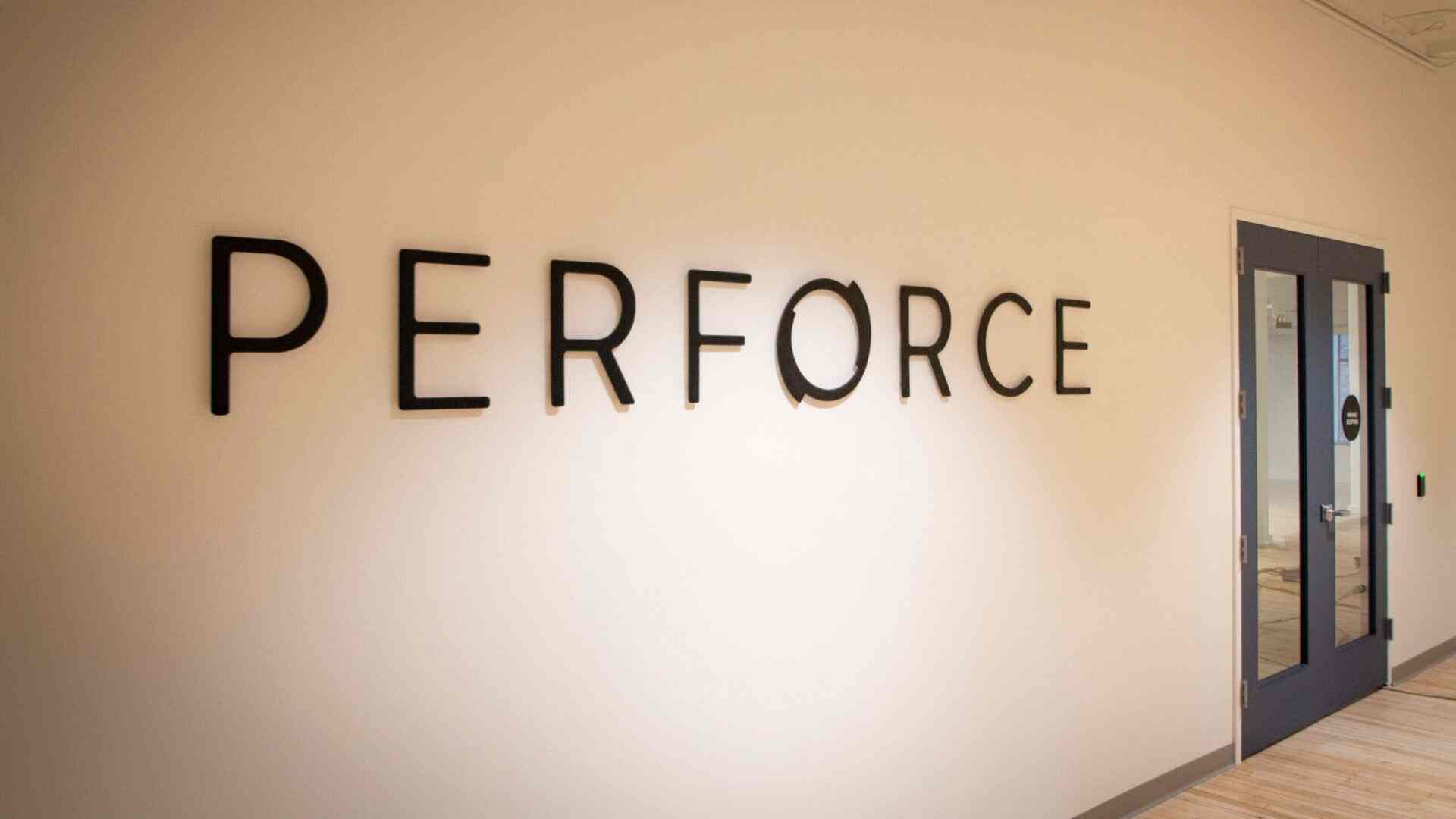There’s a long list of things business owners must be mindful of when operating their business, including signage. Signs play important roles within the structure of a company, but some types of business signs require more attention than others. In this article, we’ll take a closer look at ADA Signage, from a basic definition to the reasons why it is so important for your business.
What Is ADA Signage?
ADA signage refers to signs that are designed to make public facilities easier to navigate for people with disabilities.
One of the most common things people associate with ADA signs is braille (raised lettering/print). While braille is a very important part of ADA signage regulations, many other factors must be considered when creating ADA-compliant signs.
Considerations For ADA Signs
ADA signs are important for one simple fact: they are required by law. In fact, “ADA” stands for Americans with Disabilities Act. This law was passed to prohibit discrimination against people with disabilities in all areas of public life, from transportation, to jobs and education, and everything in between.
The ADA includes exact regulations about how to design ADA-compliant signs. The ADA Standards for Accessible Design—along with the Title II and Title III regulations—say what is required for a building or facility to be physically accessible to people with disabilities.
The Department of Justice adopted the first ADA Standards for Accessible Design (“ADA Standards”), on July 26, 1991 (known as the “1991 ADA Standards”) and adopted revised ADA Standards on September 15, 2010 (known as the “2010 ADA Standards”), along with Guidance on the 2010 Standards.
Does My Business Need ADA Signs?
Many companies have signage needs that fall into the category of ADA signage, so ensuring ADA compliance is important. If your business caters to the public or has more than 15 employees, you’ll likely be required to comply with the ADA. Be sure to check your local ADA regulations, because every location is different, and laws can change.
If you own a business in Minneapolis, St. Paul, or any other location in Minnesota, you can learn more about specific ADA regulations here.
Where Is ADA Signage Required?
The ADA Standards for Accessible Design divide signs into eleven categories:
- Designation
- Directional/Informational
- Exit
- Elevator
- Parking
- Entrance
- Bathroom/Restroom
- Assistive Listening Systems
- Check-Out
- Amusement Rides
- TTYs (Teletypewriters)
There are many different categories of businesses that need ADA-compliant signs, including hotels, restaurants, schools, gyms, bars, grocery stores, bakeries, retail outlets, banks, laundromats, dry cleaners, public transportation, and recreation venues.
The ADA standards contain regulations that cover almost every possible configuration of doors, bathrooms, and buildings. For example, when a tactile sign is provided at a door, the sign must be located beside the door on the latch side. In the case of double doors with an inactive leaf, the sign must be located on the inactive leaf. If both leaves are active, then the sign must be located to the right of the right-hand door.
Why Choose SOULO for Your ADA Signage
Ensuring that you’re following ADA regulations can be daunting. Installing ADA signs may not be as simple as sticking a name plate to a door or pounding a post into the ground. There are codes to consider, such as sign height restrictions and clearances. Let us comb through the codes, so you don’t have to!
If you need help with your ADA signage, SOULO can help. We have decades of experience (and the equipment!) to ensure your sign is installed right the first time. Contact us today!
SOULO is a full-service marketing and communications agency that helps client partners get the most from their projects through signage, printing, and digital marketing. Ready to get started? Contact us today!






